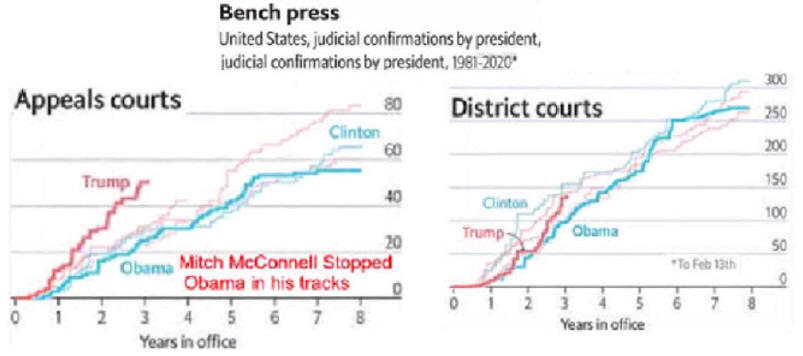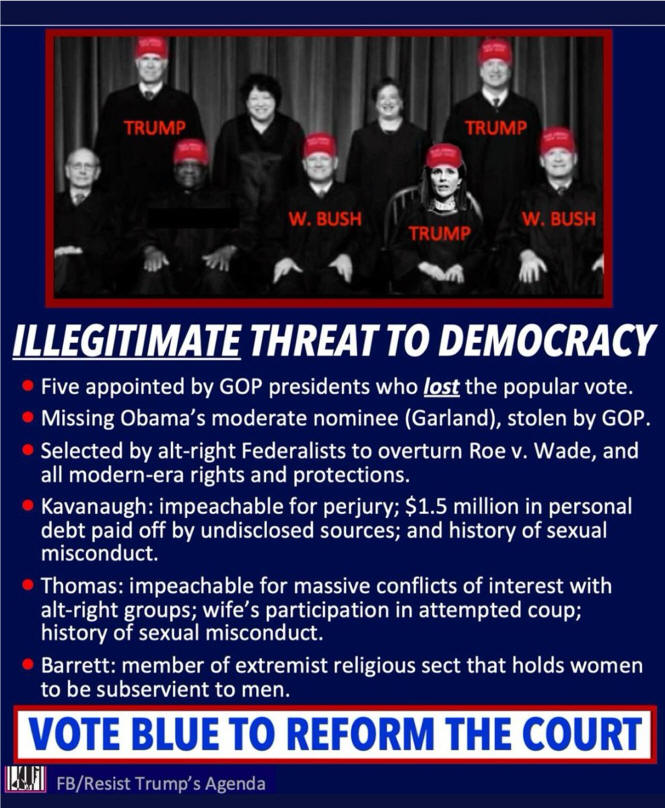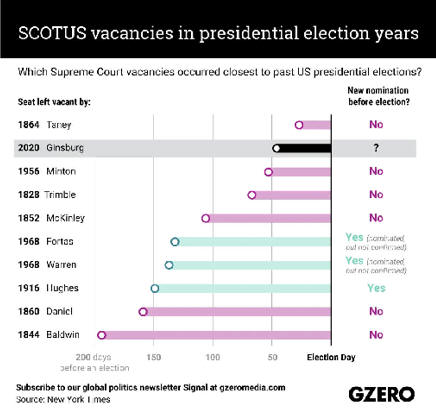1. Our Founding Fathers Feared Direct Democracy
17th-century
Liberalism
came from John Lock and other
Age of Enlightenment
philosophers.
These beliefs began a U.S. political discussion which centered on minimal state liberalism
(today's conservatism) vs. active state liberalism (today's liberalism).


 Controls included Separation
of Powers
in that authority was divided among
three branches of government, the legislature, the President, and
the courts. Within the legislature, power was again separated such
that the Senate could stop a bill passed by the House of
Representatives which initiated all revenue legislation. The
President could veto a Congressional bill, Congress could override
said veto with a 2/3 vote, and the Supreme Court soon found it
could stop the President and Congress by declaring a law
unconstitutional.
Controls included Separation
of Powers
in that authority was divided among
three branches of government, the legislature, the President, and
the courts. Within the legislature, power was again separated such
that the Senate could stop a bill passed by the House of
Representatives which initiated all revenue legislation. The
President could veto a Congressional bill, Congress could override
said veto with a 2/3 vote, and the Supreme Court soon found it
could stop the President and Congress by declaring a law
unconstitutional.
which created a third separate power. These checks and balances among government branches were to protect minority rights from majority factions.
2) Framers’ arguments as to how the US Supreme Court would function:
The Electoral College was another control over concentration of power. Some founder/delegates to the Constitutional Convention feared Direct Democracy. What became known as the electoral College was a compromise between a true Republican election bythe people and an electorate consisting of citizens that are more qualified. However, there were other reasons. Slave states with large populations but far fewer eligible voters wanted a compromise like the one used to determine state House of Reprehensive representation. This 3/5 comprise counted some slaves as population for representation purposes. High population states such as Virginia which had many House of Representative members would also have a large number of Presidential electors. House members were not used as electors because maintaining presidential independence would be difficult if a small continuingly elected group like Congress electing the President. See Americans Are Poorly Informed About Basic Constitutional Provisions





